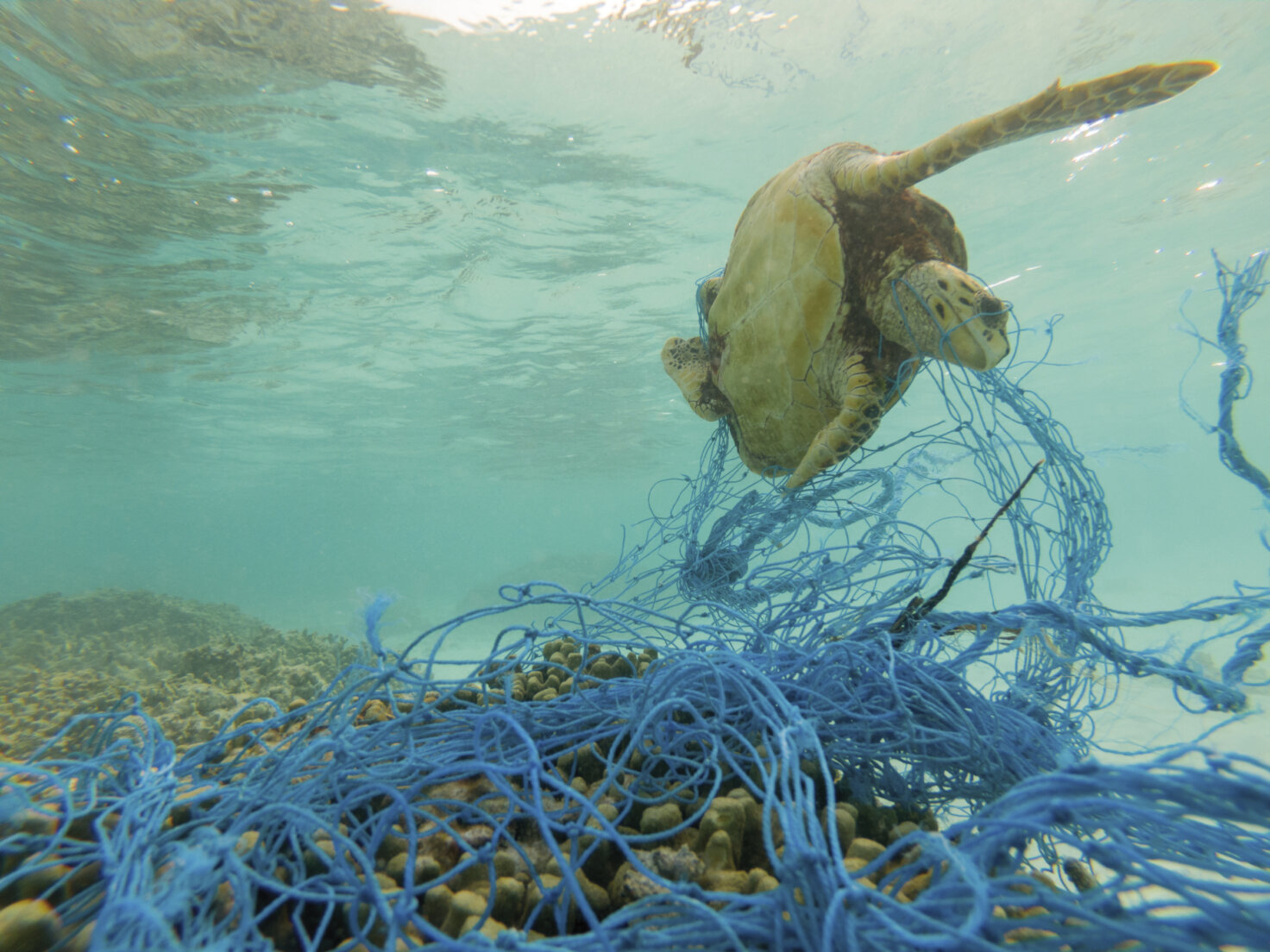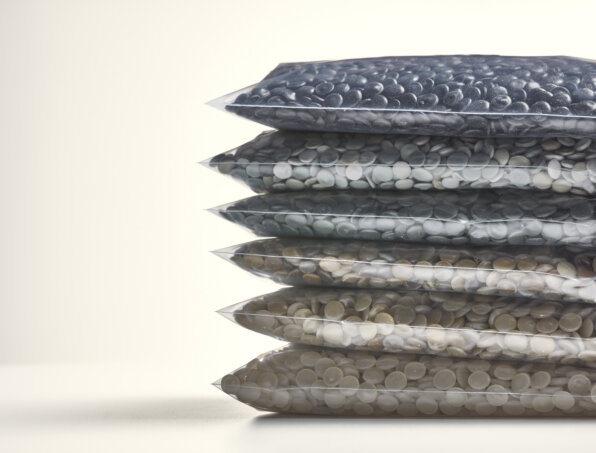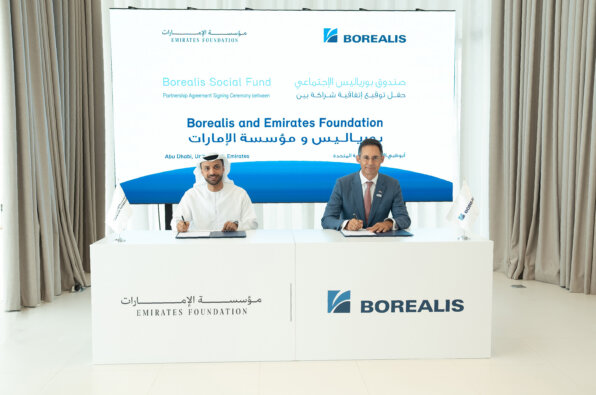Our View on Marine Litter
Marine litter is acknowledged worldwide as one of society’s major challenges. A rising global population and growing economies are creating more plastic waste which, combined with inadequate waste management, have resulted in uncontrollable amounts of plastic litter entering our oceans.
Plastic marine litter destroys coral reefs and severely impacts marine life. The economic cost is also enormous, with the UN Environment Program releasing a report by Trucost estimating the global economic impact at USD 13 billion annually and growing rapidly. This includes the costs of beach and harbor clean-ups and damage to the tourism and fishing industries. Finally, plastic waste in the ocean damages the image of the plastics industry and dilutes the many positive contributions that plastics make to society.

The Sources of Marine Litter
It is estimated that there are more than 171 trillion pieces of plastic in our oceans. Studies show that 80% of plastic marine litter comes from land* and rivers, and that five countries – China, Indonesia, Philippines, Vietnam and Thailand – contribute more than 50% of this waste**. This reflects their large costal populations, poor waste management practices and rapid economic and population growth.
Of all the plastic waste carried into the ocean via rivers, 88% to 95% of it comes from just ten rivers. Eight are in Asia (the Ganges, Indus, Yellow, Yangtze, Haihe, Pearl, Mekong and Amur) and two – the Nile and the Niger – are in Africa. According to a WWF report published in 2019, 0.57 million tons of plastic enters the Mediterranean alone each year. Although the type of plastic waste varies by region, there is evidence that approximately 60% to 80% of marine litter is post-consumer plastic waste, of which the majority is single use plastics.
Our View
Plastics Are Too Valuable to Throw Away
Plastics play a major role in society, with many tangible social, environmental and economic benefits. These included reducing food waste, CO2 emissions and water use, and increasing crop production and energy efficiency. Plastics are therefore too valuable to be thrown away. Instead of ending up as litter on land or in the oceans, plastic should be recycled or reused, thereby extending its environmental and economic benefits. We are therefore working with the value chain to transform the current linear plastics economy to a more circular one and, in addition to our investments in recycling facilities and innovation, we developed 10 Codes of Conduct promoting Design for Recyclability in packaging.
Preventing Litter Is Key
Capturing ocean plastics is important. However, we believe that the priority is to ‘close the tap’ by preventing littering in the first place. Inadequate waste management systems are the main cause of litter, which is why we co-founded Project STOP. This is a pioneering program that aims to transform inefficient waste management systems into more sustainable and circular ones. It is based on a “system-enabler” approach, with Borealis and Systemiq partnering with cities and regions to ensure that all waste is collected and sorted, then recycled or re-used. Together with our partners from the value chain, governments and civil society, in 2017 we started our first city-partnership projects in Indonesia, the country with the second largest plastic leakage in the world. Since then, three Indonesian cities (Muncar, Pasuruan and Jembrana) have been handed over to the city governments and the expansion to the entire Regency of Banyuwangi is in progress. Project STOP is aiming to positively impact the lives of up to 2 million individuals across all Project STOP city and regional partnerships, create 1,000 full-time jobs and annually collect 230,000 metric tons of waste, including 25,000 metric tons of plastic.
Biodegradable Plastics Are Not the Solution to Marine Litter
Plastics that biodegrade may seem an obvious solution to marine litter. However, the extent to which these materials degrade depends heavily on the conditions they are exposed to, such as heat, humidity and light. This means that plastics that would biodegrade on land may not degrade in the same way in seawater. Biodegradable plastics could also make littering worse, by encouraging people to litter in the mistaken belief that the product will rot away.
Retrieved Plastics Should be Treated with the Most Sustainable Process Available
When plastics are collected from rivers and oceans, the most sustainable end-of-life process should be chosen. This will depend on a number of factors, including: whether there is proven technology available to collect sufficient plastics efficiently and protect marine life; the costs of collecting, transporting, sorting and recycling the waste; the condition of the plastic itself, which may have been degraded by wind and sunlight; and whether there is recycling technology available that can handle heavily degraded plastics without damaging the machines.
Collaboration and Behavior Change Are Needed
Preventing plastic from ending up in the oceans requires all stakeholders to join together to create effective solutions. We work closely with the plastics value chain, national and local authorities to improve waste management systems.
Wider society also has an important part to play, with consumers needing to change their behavior to reduce littering. We therefore encourage and support communication programs that increase consumers’ awareness of waste management.
* “Stemming the tide: Land-based strategies for a plastic-free ocean,” Ocean Conservancy and McKinsey Center for Business and Environment, Sept., 2015.
** Jenna R. Jambeck et al., “Plastic Waste Inputs from Land into the Ocean,” Science 347, no. 6223 (2015): 768–71, doi:10.1126/ science.1260352.

